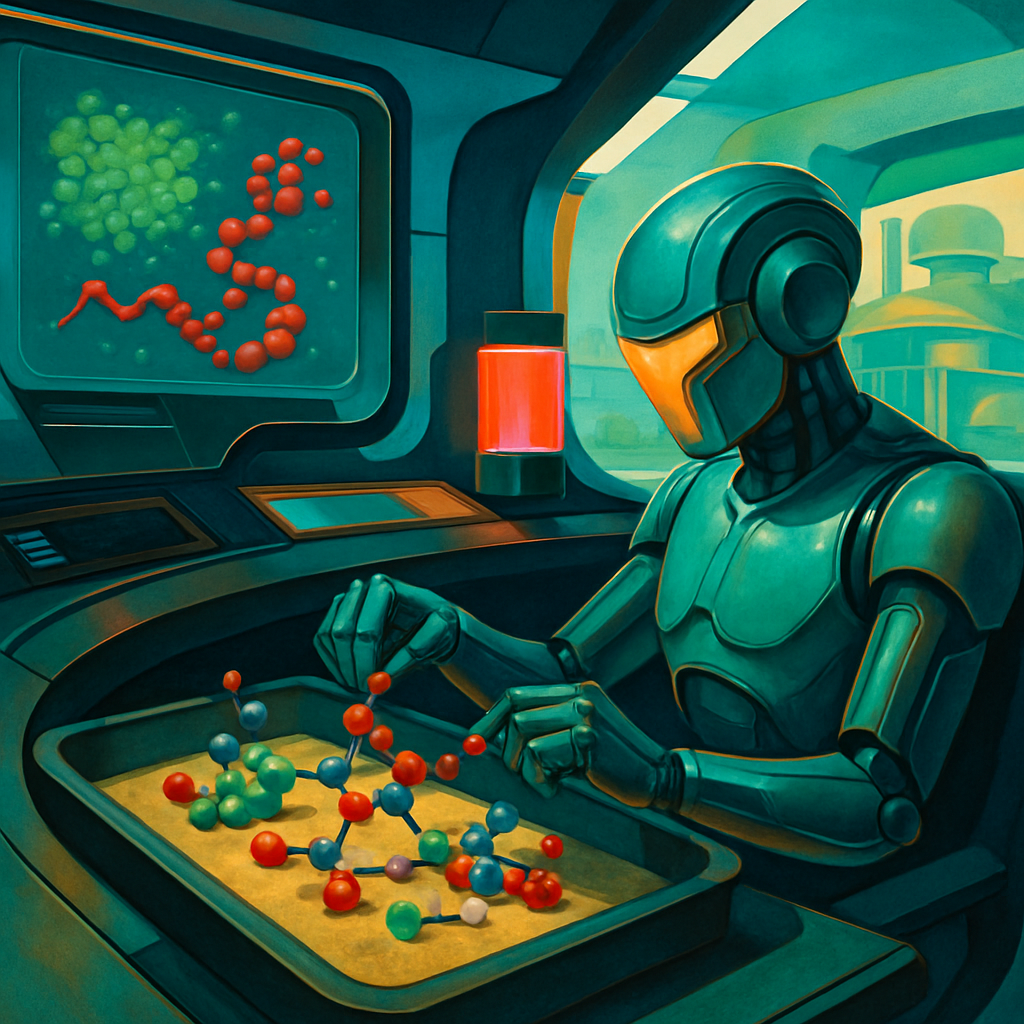Researchers Harness the Power of Generative AI to Craft Kryptonite for Drug-Resistant Bacteria

“Using generative AI, researchers design compounds that can kill drug-resistant bacteria”
“Machine learning methods, particularly those based on deep learning, are becoming increasingly useful in the field of drug discovery. Generative models can be trained to create new molecular structures with desirable properties, such as the ability to kill bacteria that have become resistant to existing antibiotics. Now, in a paper appearing online in Cell Chemical Biology, researchers from MIT and Harvard describe a new AI-powered system that can generate possible drug candidates for the purpose.”
Right off the bat, AI seems to have gotten tired of winning at chess games and helping you find the best sushi spots in town, and has decided to up its game. So, it’s slowly but surely entering the sphere of drug discovery.
Where humans see a wall of complex molecular structures, AI sees a playground. Generative models, with a little bit of training, can create potential lifesaving compounds. Apparently, these newly designed molecules can tackle bacteria that are unfazed by existing antibiotics. Yes, you read that right. AI might rescue us from superbugs that laugh in the face of conventional treatments.
As reported in the digital pages of Cell Chemical Biology, a group of boffins from MIT and Harvard have been arming Artificial Intelligence with this new ability. Seemingly, our metal-brained friends are responsible for creating entirely new molecular structures that hold the promise of outsmarting antibiotic-resistant bacterial strains.
“But just how does AI plan to save the day?”, the skeptic may ask. Well, essentially the AI-powered system learns from every successful drug that it gets to study, extrapolating from what works. Once the system understands the desirable properties of these compounds, it moves on to the fun part – creating new ones. It’s kind of like a kid with a LEGO but instead of building shaky towers, we might get new antibiotics.
Yet, the real gem isn’t just the potential drug candidates the system produces, but rather the roadmap that it provides for lab tests. In fact, armed with this information, researchers can prioritize which compounds to tackle first. How’s that for efficiency?
So, is the era of AI-generated drugs upon us? Let’s not get ahead of ourselves. The system hasn’t created a fully ready-to-market drug just yet. But it has achieved something potentially very valuable: a blueprint for a more efficient and accurate drug discovery process. The AI system’s clear and systematic approach might usher in a new way of combating drug-resistant bacteria. Isn’t that fascinating?
So next time your favorite AI recommends a new indie band or the fastest route to the supermarket, remember to say thank you. For all we know, it could be working on your next prescription during its lunch break. The future of drug discovery could well be tied to machines, and oddly enough, it doesn’t sound as scary as it should. In fact, it sounds rather incredible.
